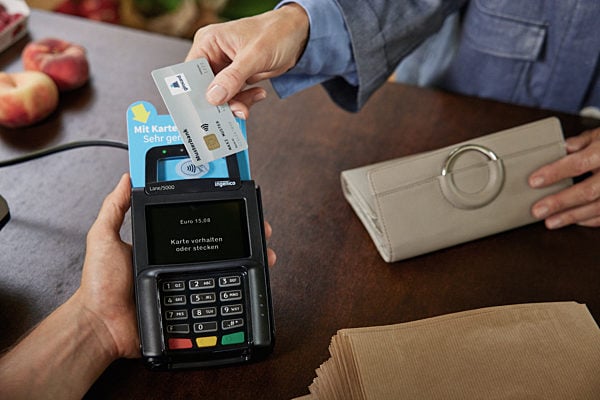Credit Mutuel, which outmanoeuvred leading German bank Deutsche Bank with its bid and will pay cash, said: “With this major acquisition, Credit Mutuel…now takes on a significant position in Europe, thus opening up a second domestic market.”
In Frankfurt, Citigroup said that the sale of its business in Germany, operating under the Citibank name, would yield a post-tax capital gain of about $4 billion.
Citigroup has been hard hit by repercussions of the US subprime mortgage crisis and has said it wanted to dispose of assets worth about $400 billion and considered non-strategic to activities in the next two to three years.
These asset sales would concern investment and retail banking, it said.
Credit Mutuel operates mainly in two French regions, Brittany in the northwest and Alsace in the northeast, although in the last 10 years it has expanded within the country and in Belgium, Luxembourg and Switzerland. It was founded by a mayor in the mid-19th century to help poor farmers and craftsmen.
The Citibank business being acquired has 3.3 million customers, 340 branches and 6,700 employees.
Credit Mutuel said: “With seven percent of the market, it is an essential player in consumer credit in Germany.”
Credit Mutuel said it would pay €4.9 billion in cash when the deal was concluded, probably at the end of this year.



 Please whitelist us to continue reading.
Please whitelist us to continue reading.